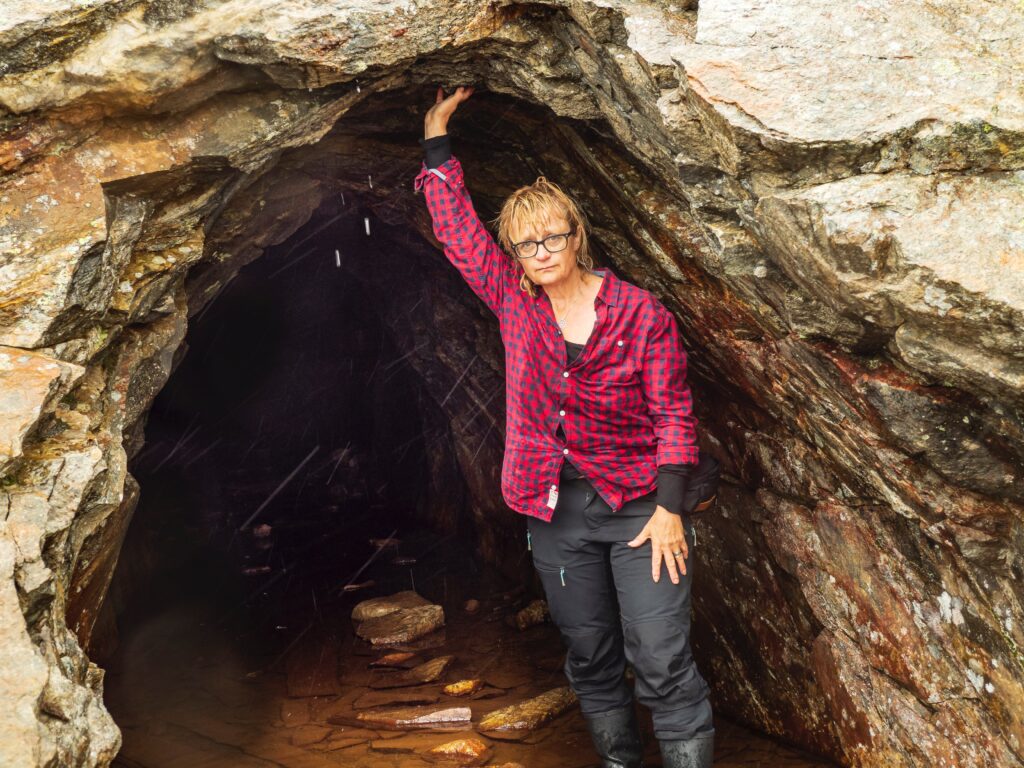
Gustav Vasa was a farsighted ruler in the 1500s who long suspected that the Swedish mountains hid rich ore deposits. However, it was not until 1634 that a prospector found a silver vein, 60 kilometers west of Adolfström near the Norwegian border.
The following year, the mining of the silver that was believed would save Sweden’s economy began. A smelting plant was established in Silbojokk, to which the ore was transported using reindeer. At its peak, 127 men worked in the mine. Arjeplog Parish was formed in 1640, simultaneously with Arvidsjaur Parish, Silbojokk Parish, and Nasafjäll Parish. In 1659, mining operations came to an abrupt end when a Norwegian army crossed the border and destroyed the mine and the smelting plant in Silbojokk.

From 1770 to 1810, a second attempt was made with the mine in Nasafjäll. Since the forests around Silbojokk had been cut down, a new smelting site was sought. It was believed that the ore could be transported down the Lais River, and therefore the new smelting hut was built by Lake Yraft. Since 1775, this place has been called Adolfström. The first master smelter in Adolfström was Carl Lestadius, father of Petrus and Lars Levi Lestadius.

The difficulties in producing good silver, the long transport routes, and the problems in obtaining labor made profitability poor. In total, only 974 kg of silver and 276,240 kg of lead were extracted during both periods. In the old writings, it is noted:
“Nasafjäll too barbaric. Located in the world’s farthest corner where little else is seen throughout the year than the sky and the vast snowfields.”
Even though Sweden’s economy was not enriched by the mining in Nasafjäll, Sweden’s history was enriched by at least one chapter.
(Text: Experience the history of Nasafjäll in Adolfström)
More information can be found at www.adolfstrom.se